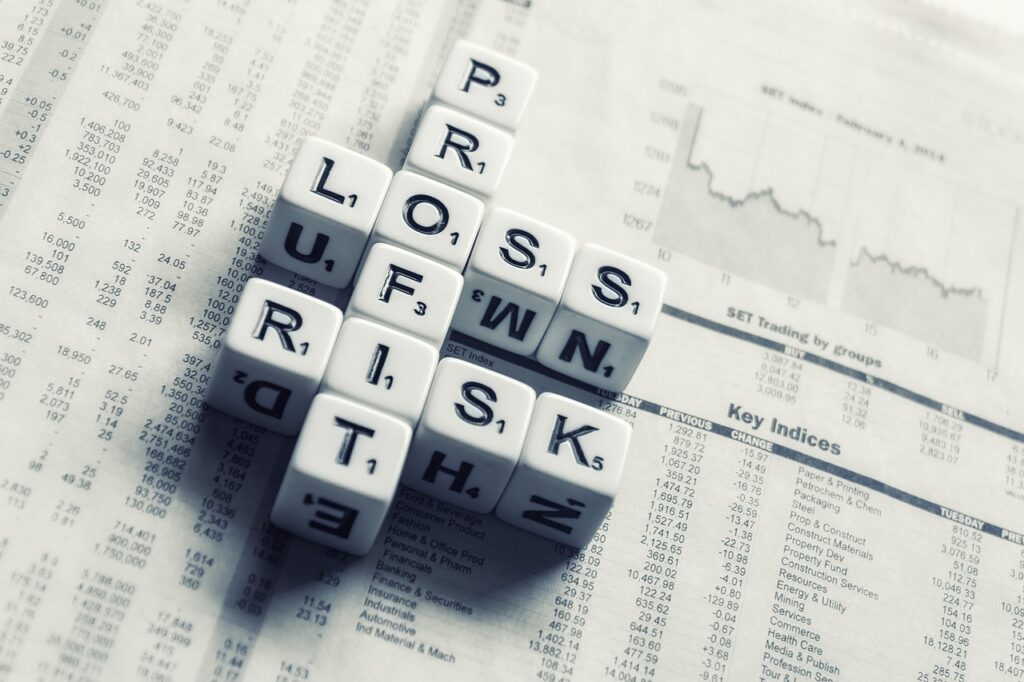
Have you ever contemplated your risk appetite level while investing in the markets? We are sure you have because each of us has a number in mind that we get through spreadsheet modeling, which we consider our risk tolerance level.
However, the actual risk vs. the risk you get through spreadsheet modeling differs. It means spreadsheet modeling might play along with numbers and give you a 25% as your risk appetite level, but this percentage may not be the actual risk appetite in your comfort zone.
What is a Risk Appetite?
Risk Appetite relates to the risk you are willing and able to take on an investment. Beyond this level, you become uncomfortable and withdraw your investments.
For example, let us consider you are a mutual fund investor who invested in ABC mutual funds when its NAV was Rs. 100. After a few days, the NAV dropped to Rs. 95, but it did not affect you as it was a result of normal market volatility. However, a few days later, the NAV fell and reached 70.
At this point, you start feeling uneasy as NAV has dropped by 30%. However, you still remain invested as your risk appetite allows you to bear a 50% drop in NAV.
Further, the NAV keeps falling and reaches Rs. 50, where you finally feel the urge to get out of this investment as soon as possible. And you exit the investments and book loss.
What is Actual Risk Appetite vs. Spread Sheet Modelling?
Actual risk appetite is the real level of risk tolerance that will not affect your portfolio, current financial situation, or profits, up to a period you can bear the valuation drop. The actual risk appetite depends on factors like – life stage, stability of income, the health of earning members, and time available to achieve different goals.
However, spreadsheet modeling refers to using excel-based formulas and systems that help forecast a risk appetite level that suits your investment behavior. The risk appetite percentage you get is not always the exact number you will have while investing.
In reality or based on spreadsheet modeling, you as an investor are either a high-risk taker (aggressive risk tolerance), a low-risk taker (conservative risk tolerance), or a neutral risk taker (moderate risk tolerance).
For example, let us assume Ram is a low-risk taker. He has a total portfolio value of Rs. 10 lacs.
For a low-risk taker, a 10% drop in valuation could trigger different reactions based on the portfolio value. Let’s consider Ram with a portfolio value of Rs. 10 lacs in this situation. An unexpected economic announcement occurs, due to which the market falls, affecting investment valuation as well. His investment value drops by 10%, but he still chooses to remain invested in the market by accepting or booking a loss of 10%, as it has not affected him dramatically.
However, the major economic announcement leads to further impacts, occurring in the next 5 to 10 years, like the banking system of the country’s increasing interest rates and bearish market momentum. If in the same situation, Ram’s portfolio value was Rs. 1,000 lakhs instead, a 10% drop would refer to a significant portfolio value loss, leading him to book a loss since bearing a risk of 10% in this situation is not feasible for his investment capacity.
This example shows that for the same person, risk appetite differs for different valuations.
Understanding the risk factors of assets.
The risk factor of assets refers to changes in the financial environment that impacts the return on investment. It is directly proportional to the movement in the financial market. If you, as an investor, are unaware of the risk involved with your investments, you will be worried when your investments start falling. However, if you are an investor who understands or is well aware of the risk factors involved, you will be able to make better investment decisions psychologically.
Since the ‘Risk and Return’ trade-off suggests “higher the risk, higher the return,” it is easy to understand that an asset that gives more returns is also riskier than one that gives lower returns.
Most investors consider return expectations their primary factor while investing in any asset class. In most cases, the risk taken is more than the risk appetite. So, the investor is unprepared to face the downside and book loss when the valuation falls.
Hence, it is advised to choose assets that match the investor’s risk appetite and accept the returns that come with it. This way, you may compromise on the returns but will be protected from permanent losses.
For example, if you are a conservative investor and wish only for decent returns, you can invest in PPFs, Sovereign Gold Bonds, Liquid / Debt Mutual Funds, and more. However, if you are an aggressive investor willing to take high risks for high returns, you can invest in REITs, Equity mutual Funds, PMS, and more. Hence, understanding the risks associated with the different investment options helps you make better-investing decisions.
How does the market environment change your risk-taking decisions?
We are genetically programmed in such a way that a rising market environment induces greed in us while a falling environment induces fear.
For example, let us consider a situation of equity mutual funds witnessing a bullish run. As an equity mutual funds investor, you have understood the market trend and forecasted the potential market momentum. Since the market looks bullish in the long run, you become a little more aspirational and tend to become a high-risk taker due to the fear of missing out and self-induced greed. This decision leads you to take higher risks than your usual risk appetite to benefit from the increasing investment prices.
Now, after 5 years, say the market is in a bear run. Every time you see your portfolio, it is in red. Hence, you become a more risk-averse investor The risk-averse behavior makes you redeem all your equity mutual funds’ investments before the NAV drops any further.
Risk-averseness impacts your decision-making ability and makes you question your investment decision.
How does asset allocation help reduce risk?

Asset allocation refers to the decision-making process of investing in different asset classes. This decision also helps in reducing risk since not your entire portfolio depends on a single asset.
Several risk profilers help understand your risk appetite based on your objectives and gauge your risk appetite accordingly. It can be a good starting point for your investing journey.
You can gradually increase your equity allocation if you are starting your investing journey. The gradual increase will give you enough time to learn about market volatility and will prepare you to withstand higher volatility in your portfolio.
Alternatively, suppose you are an experienced investor. In that case, you can take the help of asset allocation to check behavioral biases, i.e., not increasing the equity exposure in the bull run and not decreasing the equity exposure in the bear run.
An MFD/RIA can provide expert guidance on the same since they have seen financial cycles and market volatility over several years.
Final Words
Every investor has a varied risk appetite and reacts differently to different market cycles. There is a big difference between the risk appetite on paper and the actual risk you can digest / bear. Your risk appetite will also keep changing across your investing journey for various reasons.
So, to keep your investment risk appetite in check and ensure you are not taking too much risk or too less risk, asset allocation / goal-based investing is the way to move forward as it removes most human biases.
For more such blogs, connect with me right away!







0 Comments